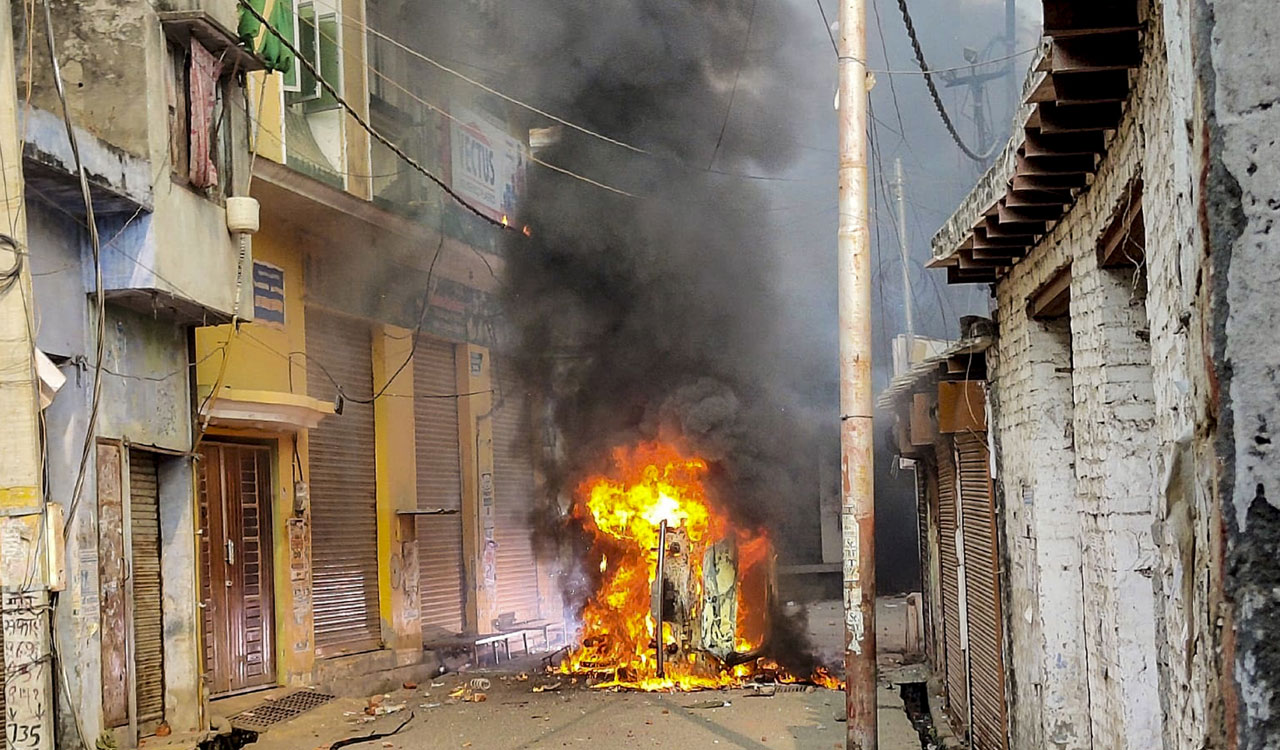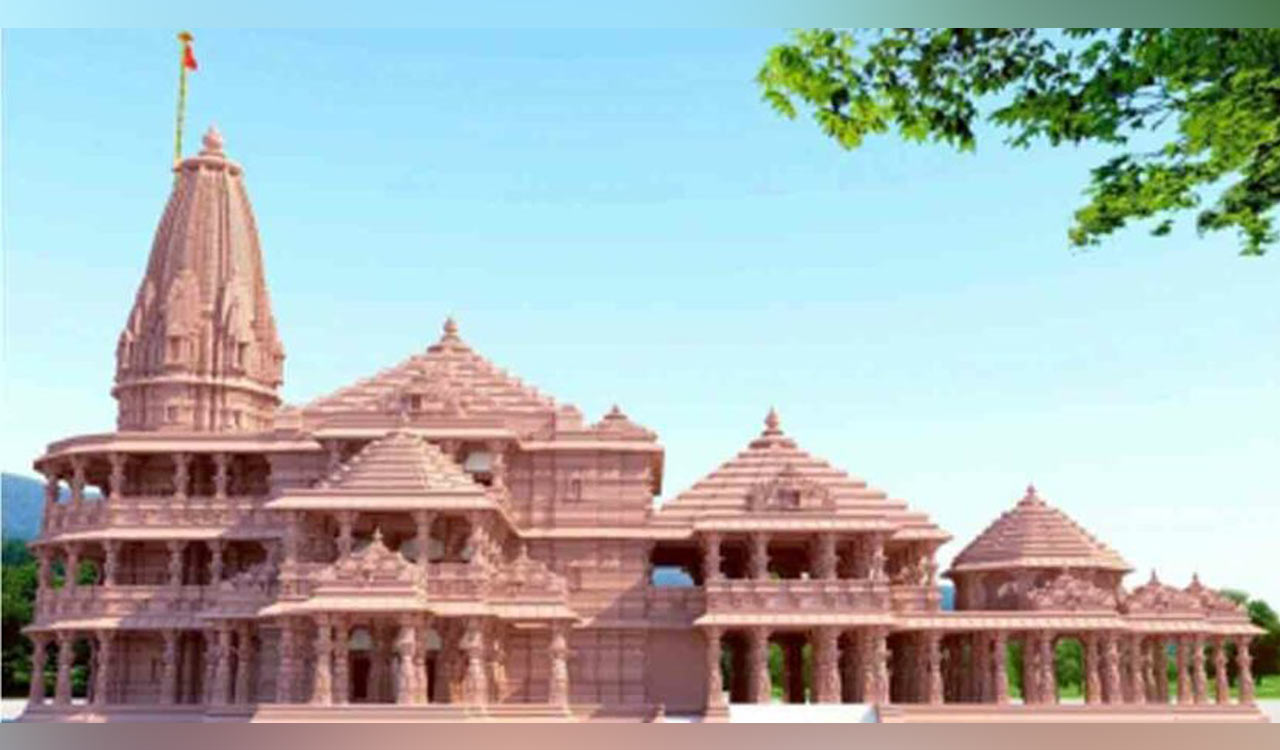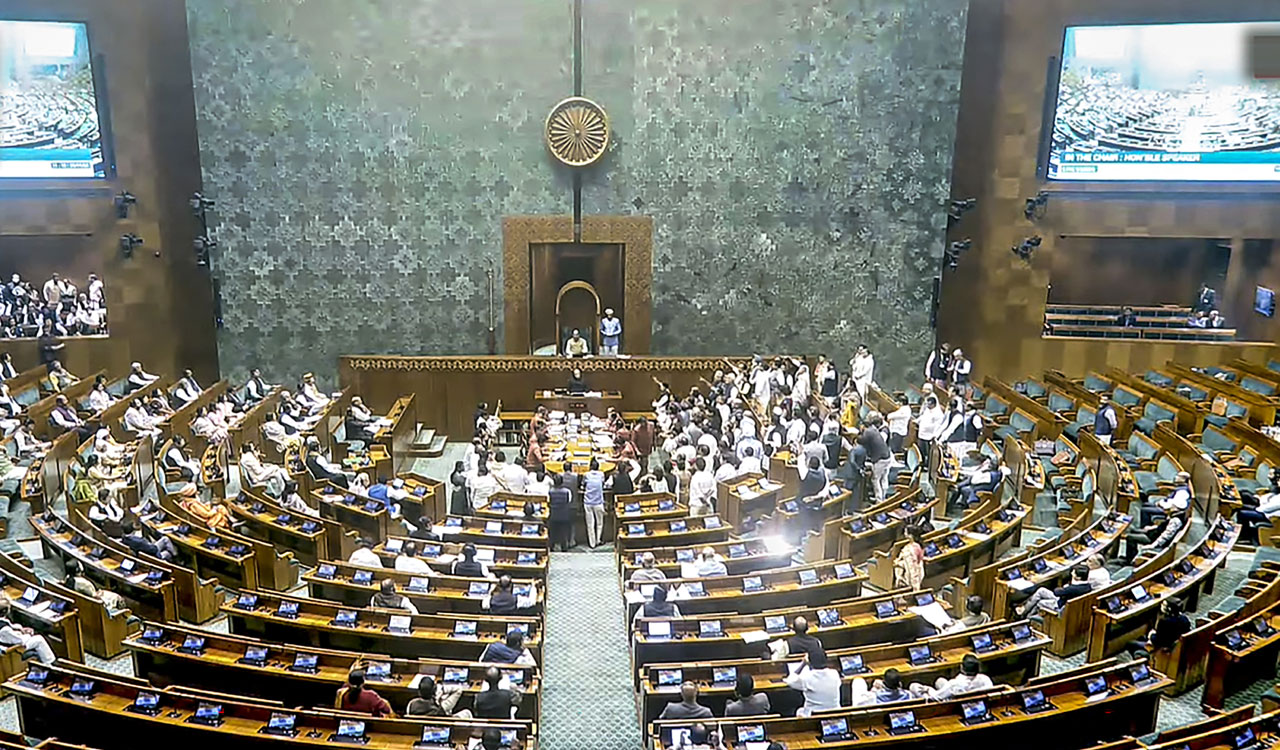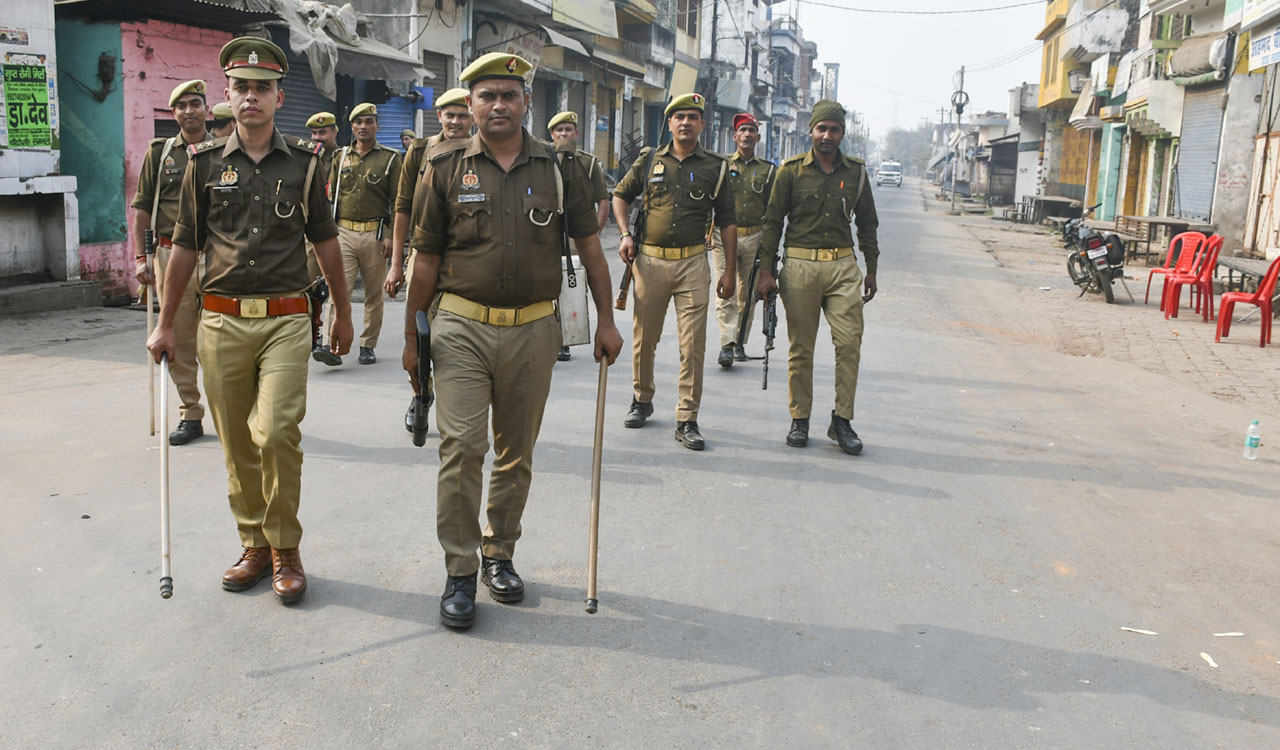Editorial: Keep communalism at bay
It is perplexing why the lower courts continue to entertain petitions on religious structures despite the Places of Worship (Special Provisions) Act

One wonders whether the genie of communalism, which was thought to have been sealed in the bottle more than three decades ago, has come back to haunt the nation. If the ominous trend of filing one petition after the other questioning the status of religious sites is not checked now, it could prove disastrous for the country. The Sambhal violence over the survey of a 16th-century mosque and the subsequent developments expose the fragility of the societal fabric and the lurking dangers of allowing majoritarian instincts to have a free run. The widespread violence, triggered by a local court ordering an archaeological survey of the Shahi Jama Masjid, brought back the bitter memories of the nationwide communal riots that followed the demolition of the Babri Masjid in 1992. The survey was ordered based on a petition claiming that a Hindu temple once stood in its place. The Sambhal mosque, built around 1528, is a protected national monument. Unlike Ayodhya or Varanasi, the Sambhal dispute cropped up only this year. For centuries, people of different communities have lived there peacefully. It is one of the three mosques built by Mughal Emperor Babur during his reign between 1526 and 1530; the other two are the mosque in Panipat and the Babri Masjid in Ayodhya which was demolished in 1992. Entertaining such petitions will only embolden the rabid communal elements to demand reclamation of many such religious sites.
Not surprisingly, some overzealous activists have filed a petition alleging that Ajmer Sharif Dargah in Rajasthan, a revered shrine for both Muslims and Hindus, stood on a Shiv temple. There is no end to this madness. Such claims make a mockery of the law, enacted in 1991, that prohibits the conversion of any place of worship. As per the Places of Worship (Special Provisions) Act, the religious character of all places of worship as it existed on August 15, 1947, has to be maintained. This Act exempted only the Ram Janmabhoomi-Babri Masjid dispute from its ambit. The law was aimed at shutting out the possibility of any further controversies around places of worship. Section 3 of the Act leaves no room for any debate as it clearly bars the conversion in full or part of a place of any religious denomination into a place of worship of a different religious denomination. There should be no wavering on this and all the stakeholders must respect the finality of the provisions of the law. It is perplexing why the lower courts continue to entertain such petitions. They can only spread communal hatred and disharmony. Political leaders who sing paeans to the Constitution should lead the way in protecting the constitutional guarantees. Sensible and moderate voices must rise above the divisive rhetoric and walk a path of truth and reconciliation, one that seeks closure without reopening old wounds.
Related News
-
Cartoon Today on December 25, 2024
2 hours ago -
Sandhya Theatre stampede case: Allu Arjun questioned for 3 hours by Chikkadpallly police
3 hours ago -
Telangana: TRSMA pitches for 15% school fee hike and Right to Fee Collection Act
3 hours ago -
Former Home Secretary Ajay Kumar Bhalla appointed Manipur Governor, Kerala Governor shifted to Bihar
3 hours ago -
Hyderabad: Organs of 74-year-old man donated as part of Jeevandan
3 hours ago -
Opinion: The China factor in India-Nepal relations
4 hours ago -
Editorial: Modi’s Kuwait outreach
4 hours ago -
Telangana HC suspends orders against KCR and Harish Rao
4 hours ago




